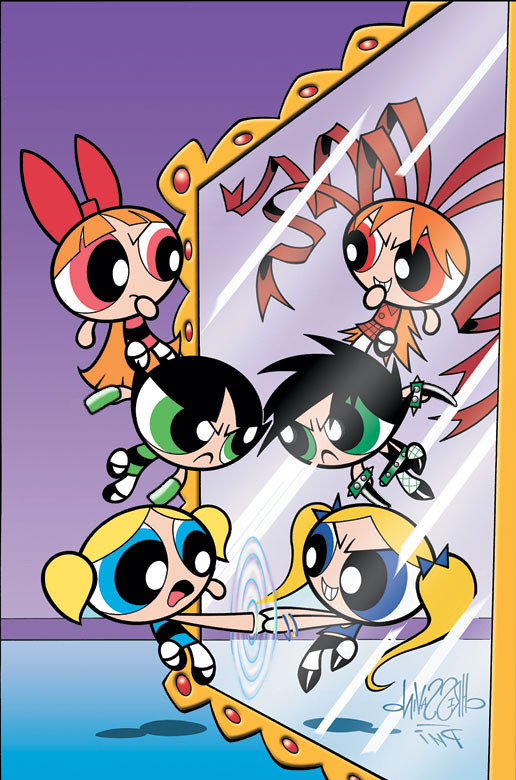From pre-colonial aboriginal rituals https://www.quora.com/Who-do-you-trust-more-instinctively-men-or-women to Catholic, Chinese, and Muslim customs, Philippine wedding traditions is a lovely fusion of local and foreign influences. However, despite having a variety of origins, love and commitment are the central themes in all Filipino bride festivities.
A conventional Filipino wedding, such as the pamanhikan, in which the groom’s family pays the bride a visit to formally ask for her hand in marriage, was an extravaganza of folk rituals huge before Spain colonized the Philippines. A babaylan would bless the newlyweds on the first day by holding their joined fingertips over a dish of rice. After that, the handful went back to their arbor and enjoyed a delicious meal there until the next day.
Most households in the Philippines also practice pamanhikan filipino cupid review traditions today, but they do so with a more contemporary flair. To the babaylan’s home, the bride and groom perhaps be led on individual festivities while frequently carrying meals or flower products. The few did subsequently kiss and hug each other as the babaylan did beg over the corn disk.
The newlyweds will usually obtain a kalamay shower from their guests during the reception( a tray of sticky wheat cakes ). The rice serves as a reminder of their commitment to remain united throughout their marriage. Additionally, it serves as a way for them to express their gratitude for their assistance and participation in the marriage ceremonies.
The newlyweds will then typically dance during the money dance, also known as” the dollar dance.” The bride and groom’s friends and family gather in sherengas during this time to waltz with them while having costs pinned or taped to their attire. The sum of cash amassed represents their gifts and well wishes for the newlyweds.
